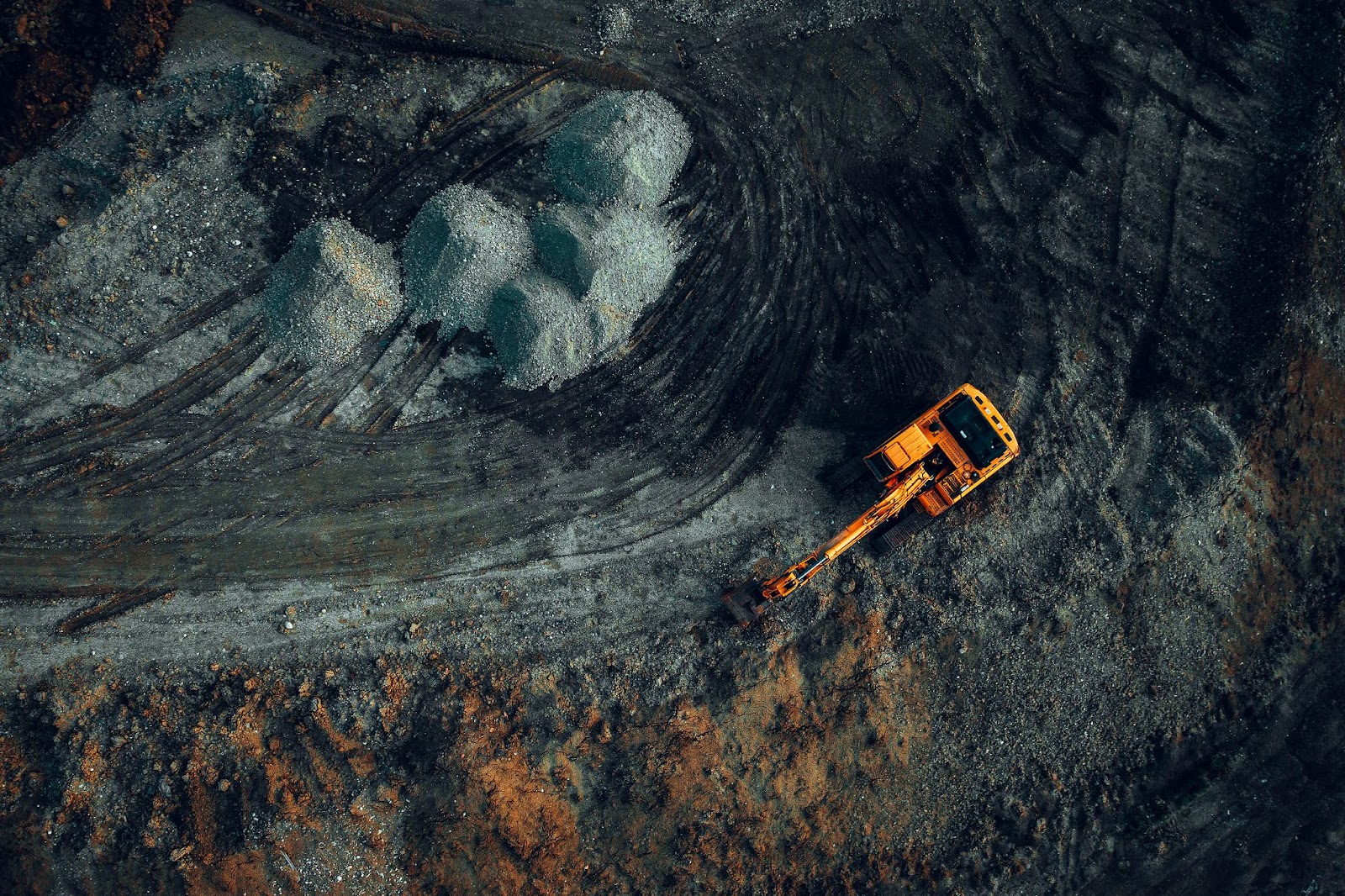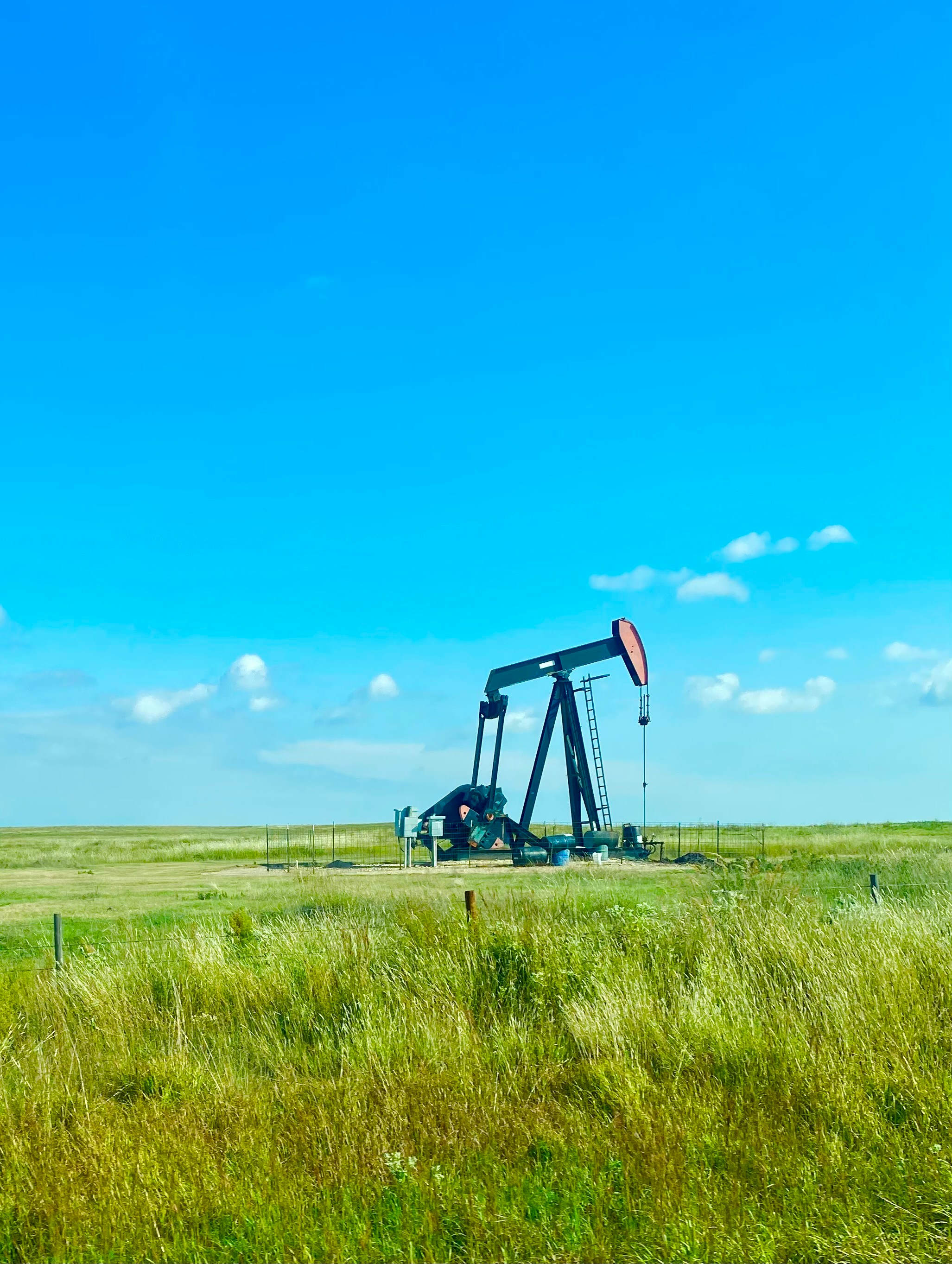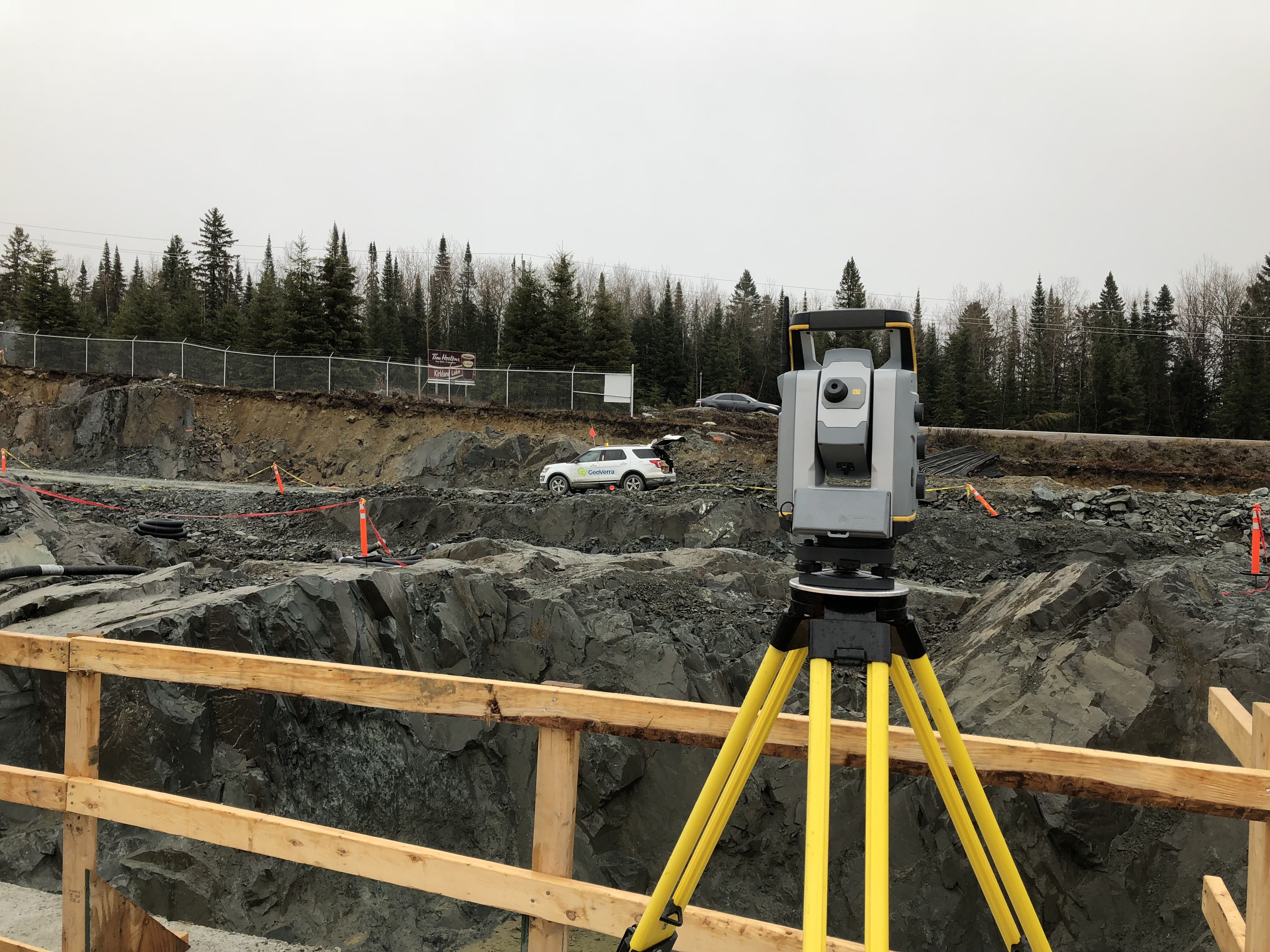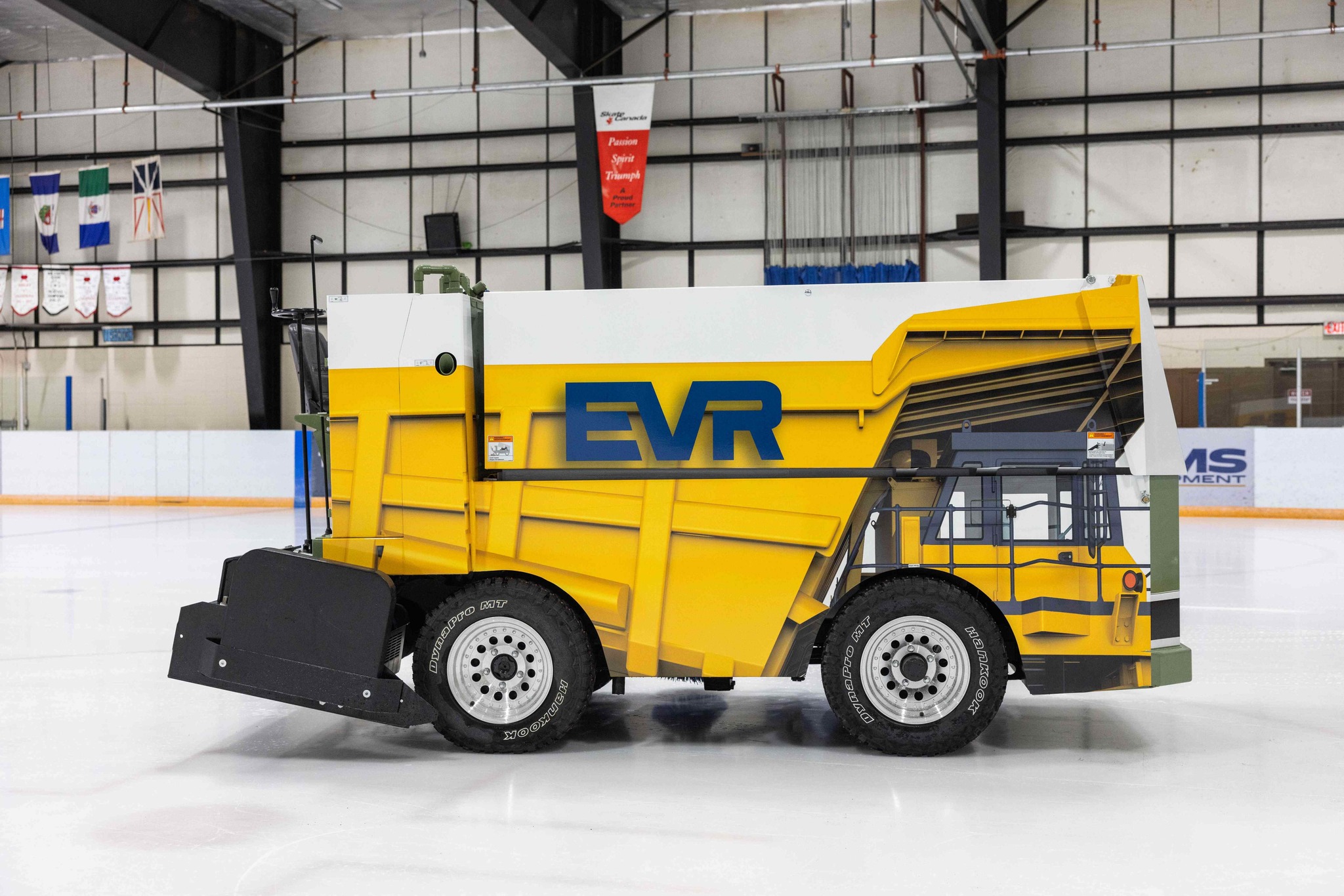A green debate
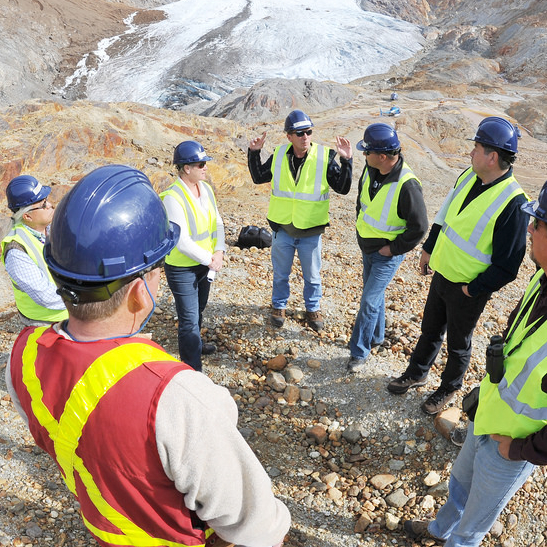
— Photo courtesy Seabridge Gold Canada’s National Contact Point (NCP) announced recently that the complaint it had received regarding the environmen
— Photo courtesy Seabridge Gold
Canada’s National Contact Point (NCP) announced recently that the complaint it had received regarding the environmental assessment review process by Seabridge Gold Inc. for the company’s KSM project in northwestern British Columbia did not merit further examination.
The NCP, a federal government body, was responding to allegations by the Southeast Alaska Conservation Council (SEACC), an American environmental non-profit organization.
In a December 2016 Request for Review (complaint) to the NCP, SEACC claimed that Seabridge had excluded it and its membership from the decision-making and information-sharing processes for the KSM mine.
In its submission, SEACC said Seabridge “has not exercised due diligence to prevent, mitigate, and account for actual and potential environmental harms from the KSM (mine).
“The impacts threatened by upstream mines to the health and vitality of these trans-boundary river resources and the people who depend on them concerns SEACC. Mining operations of sulfide-rich deposits have high potential to produce acid mine drainage and toxic heavy metals and the potential for catastrophic dam failures, such as occurred at the Mount Polley mine.
“These outcomes threaten Alaska’s valuable salmon fisheries, tourism industry, and the customary and traditional practices of Alaska Native tribes, all of which SEACC’s members rely upon.”
In its November 2017 decision, however, the NCP said that Seabridge had disclosed all of its relevant studies and plans related to the environment; that Seabridge engaged with Alaskans “at multiple points” during the environmental assessment process, despite no legal requirement to do so; and that the federal and provincial environmental assessment review processes included examination of all potential negative impacts and identification of mitigation measures where needed.
“We’re very pleased with the decision,” said Brent Murphy, Seabridge's vice-president of environmental affairs. “It confirmed that our environmental assessments had been done with great rigour.”
KSM is a proposed gold-copper mine located 65 kilometres due north of Stewart, B.C. The project is entirely inside B.C., 30 kilometres from the Alaska border.
Murphy said KSM is Canada’s largest gold reserve and contains gold, silver, copper and molybdenum. When it enters production, KSM will be a combined open-pit and underground mine, with a proposed life of 52 to 53 years. KSM is in the advanced exploration/early-stage development phase.
“The next milestone will be identifying a joint venture partner who can take the project and turn it into an operating mine,” said Murphy. “Then it will move into full development.”
With headquarters in Toronto, Seabridge holds a 100-per cent interest in several North American gold resource projects. The company’s principal assets are the KSM and Snip gold properties in northwestern B.C. and the Courageous Lake gold project in the Northwest Territories.
For more information on the dispute and the decision, see this website.
What are the NCP and SEACC?
Even to somebody who has never heard of Seabridge Gold, the company’s name tells them almost everything they need to know to figure out what it does. All they need to find out is whether Seabridge is a junior or a senior mining company.
But what of the other two parties involved in the recent dispute in northwestern B.C./southeastern Alaska?
Organization No. 1 is known, to the extent it is known at all, by its abbreviation—NCP.
Its official name is quite a mouthful: Canada's National Contact Point (NCP) for the Organisation for Economic Co-operation and Development (OECD) Guidelines for Multinational Enterprises (MNEs).
NCP is an interdepartmental committee chaired by the federal government department Global Affairs Canada.
The role of the NCP is to promote awareness of the OECD Guidelines for MNEs as they relate to the social, economic and environmental impacts of their activities on the societies outside of Canada in which they work.
NCP says MNEs have both good and bad sides.
On the one hand, MNEs bring substantial benefits to home and host countries in the form of productive capital, managerial and technological know-how, job creation and tax revenues.
But on the other hand, there are public concerns about the social, economic and environmental impacts of their activities on the societies in which they operate.
The OECD Guidelines for MNEs address these concerns by providing recommendations on voluntary principles and standards for responsible business conduct that are consistent with domestic and international laws.
The guidelines are not intended to override local laws and legislation.
Southeast Alaska Conservation Council (SEACC) describes itself as an Alaskan non-profit corporation that is dedicated to the conservation of natural resources, including watersheds and fisheries, in Southeast Alaska and elsewhere, while providing for balanced, sustainable use of the region’s resources.
SEACC wants to ensure the retention and protection of a substantial portion of the region in a minimally changed condition, while encouraging sustainable communities and human enjoyment and use of these resources.
SEACC said it has almost 750 dues-paying members, some of whom participate in the commercial, recreational and subsistence (customary and traditional) uses of fish and wildlife.
According to the organization, “Safeguarding the clean water and healthy fisheries our members use and depend on is essential to achieving SEACC’s goal of protecting Southeast Alaska’s natural resources over the long term.”
Even to somebody who has never heard of Seabridge Gold, the company’s name tells them almost everything they need to know to figure out what it does. All they need to find out is whether Seabridge is a junior or a senior mining company.
But what of the other two parties involved in the recent dispute in northwestern B.C./southeastern Alaska?
Organization No. 1 is known, to the extent it is known at all, by its abbreviation—NCP.
Its official name is quite a mouthful: Canada's National Contact Point (NCP) for the Organisation for Economic Co-operation and Development (OECD) Guidelines for Multinational Enterprises (MNEs).
NCP is an interdepartmental committee chaired by the federal government department Global Affairs Canada.
The role of the NCP is to promote awareness of the OECD Guidelines for MNEs as they relate to the social, economic and environmental impacts of their activities on the societies outside of Canada in which they work.
NCP says MNEs have both good and bad sides.
On the one hand, MNEs bring substantial benefits to home and host countries in the form of productive capital, managerial and technological know-how, job creation and tax revenues.
But on the other hand, there are public concerns about the social, economic and environmental impacts of their activities on the societies in which they operate.
The OECD Guidelines for MNEs address these concerns by providing recommendations on voluntary principles and standards for responsible business conduct that are consistent with domestic and international laws.
The guidelines are not intended to override local laws and legislation.
Southeast Alaska Conservation Council (SEACC) describes itself as an Alaskan non-profit corporation that is dedicated to the conservation of natural resources, including watersheds and fisheries, in Southeast Alaska and elsewhere, while providing for balanced, sustainable use of the region’s resources.
SEACC wants to ensure the retention and protection of a substantial portion of the region in a minimally changed condition, while encouraging sustainable communities and human enjoyment and use of these resources.
SEACC said it has almost 750 dues-paying members, some of whom participate in the commercial, recreational and subsistence (customary and traditional) uses of fish and wildlife.
According to the organization, “Safeguarding the clean water and healthy fisheries our members use and depend on is essential to achieving SEACC’s goal of protecting Southeast Alaska’s natural resources over the long term.”
